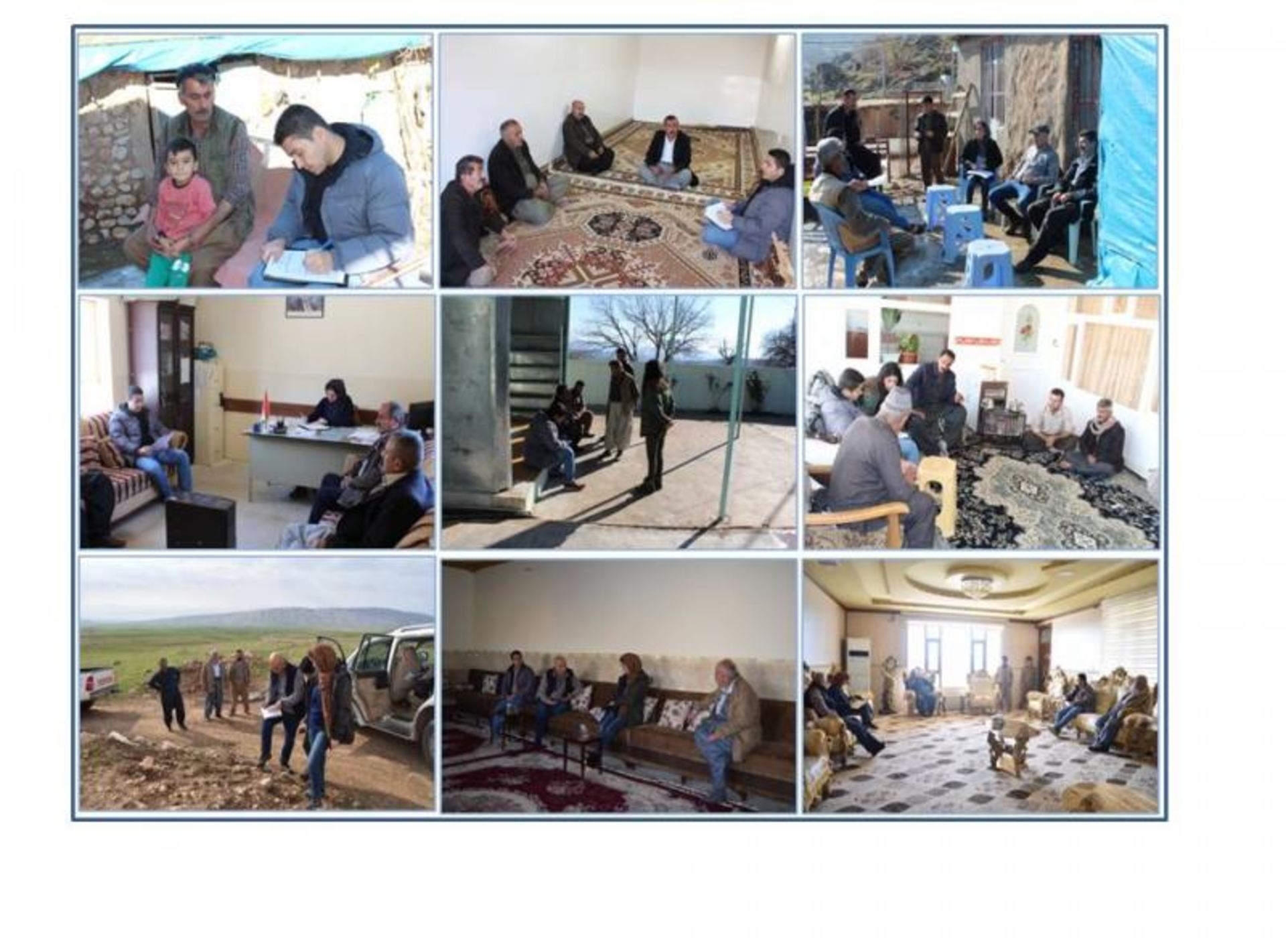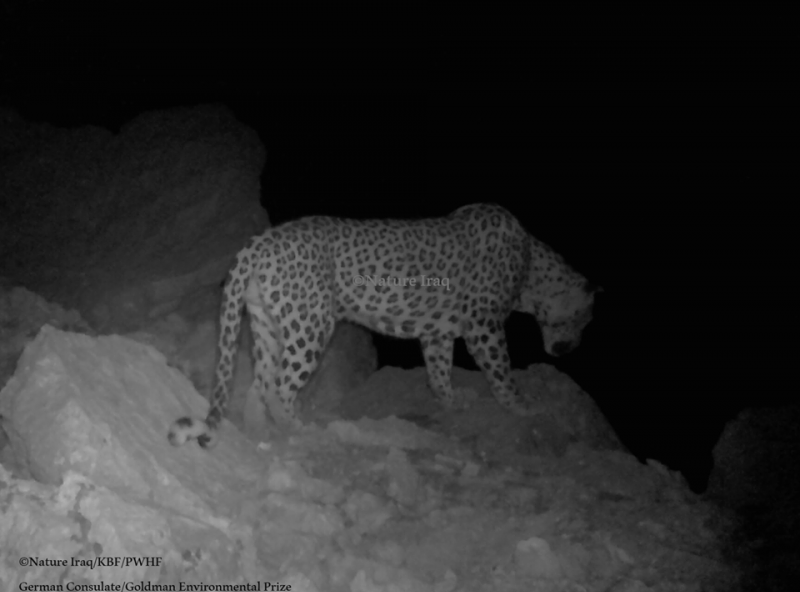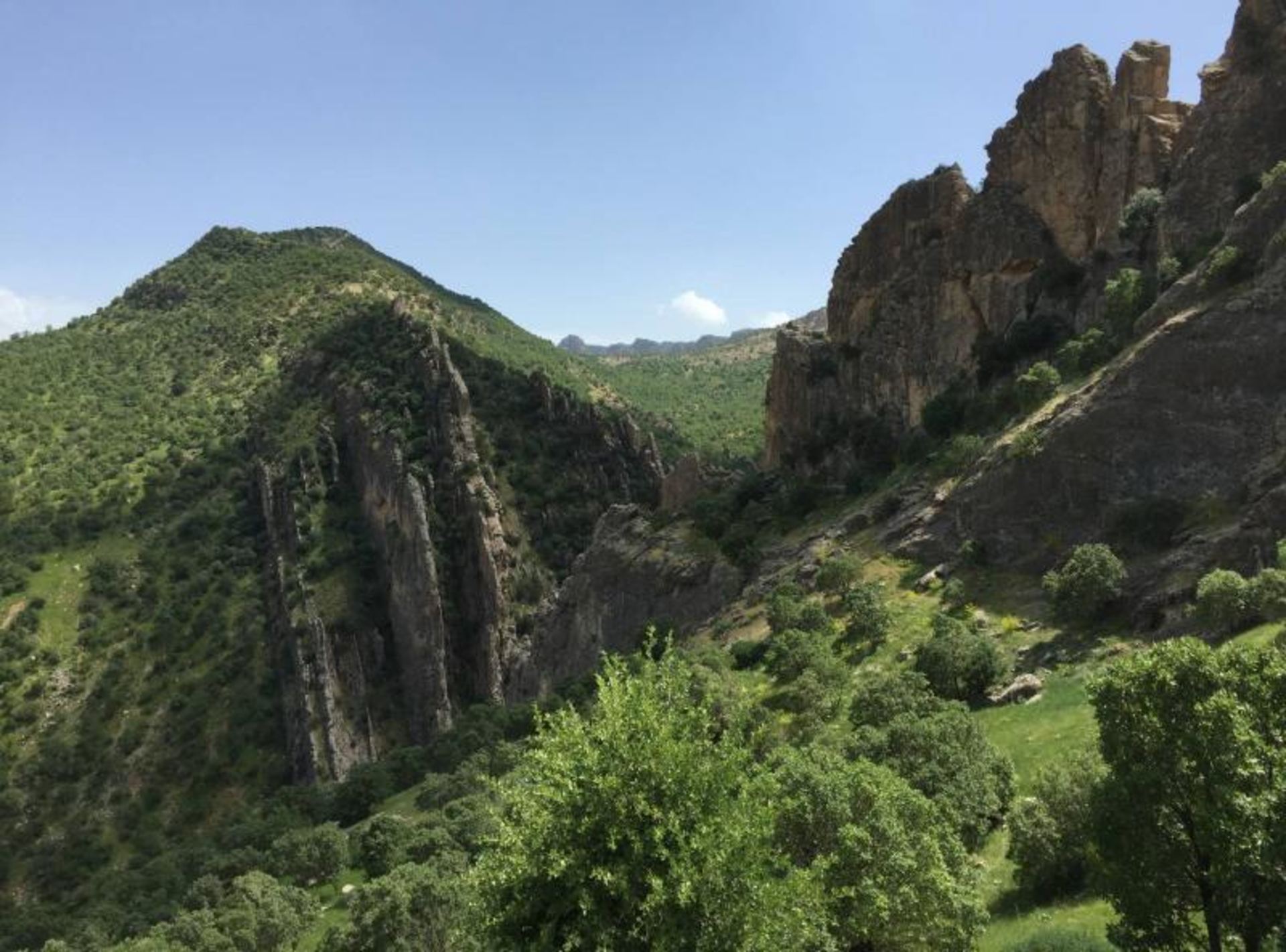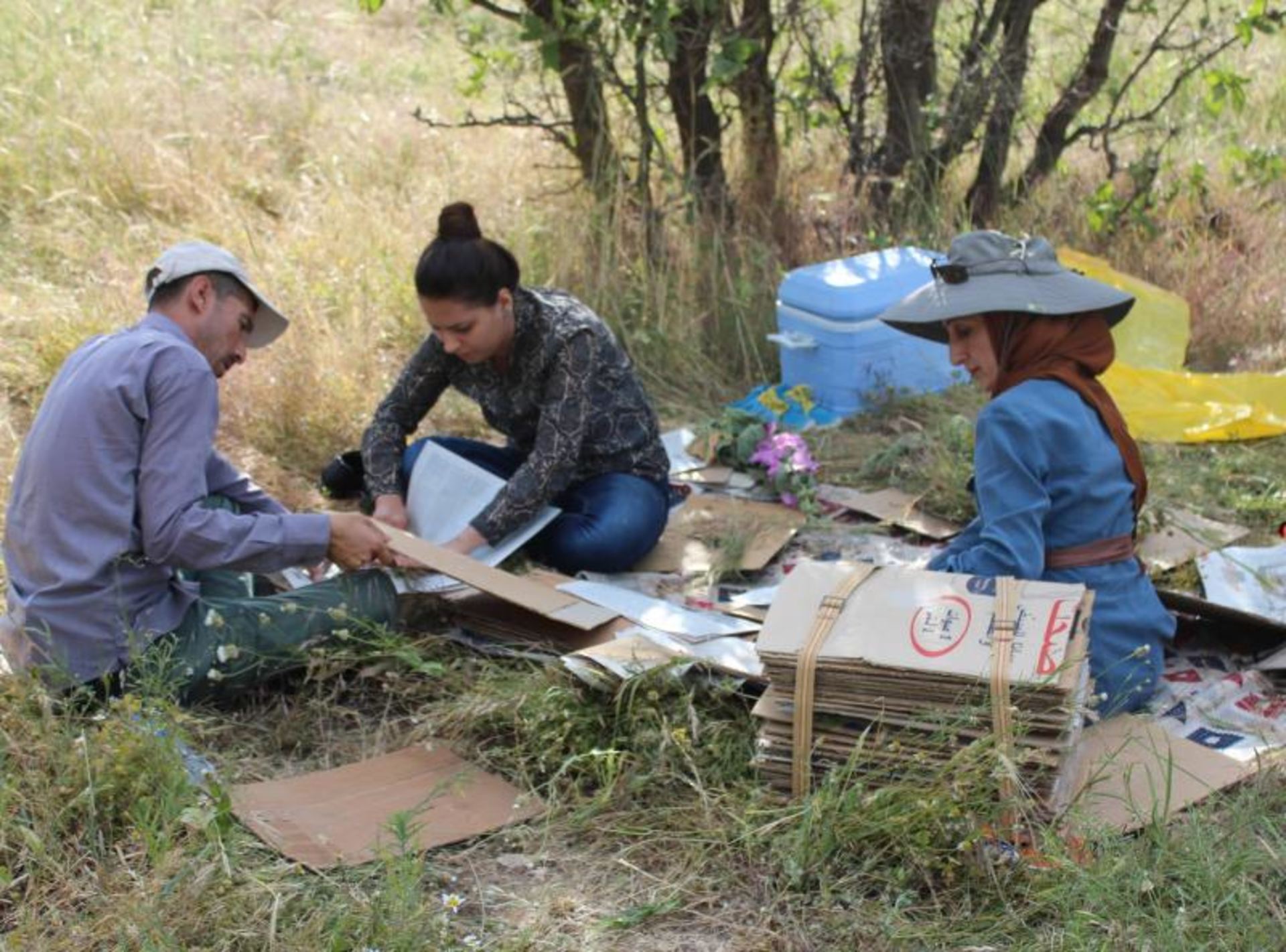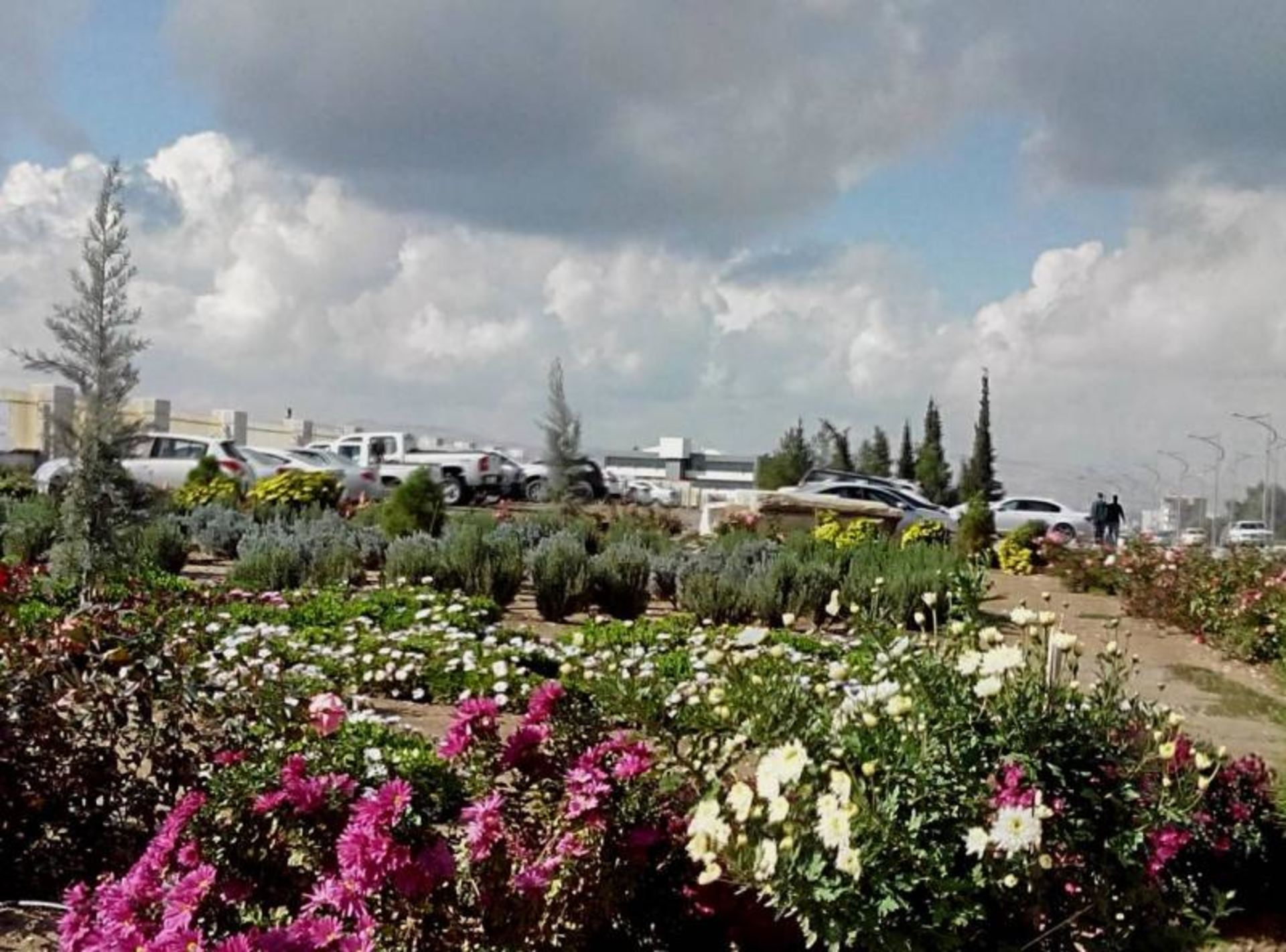-
Riverian Woodland in Qaiwan
-
Qaiwan Mountain
-
Natural Habitat of Qaiwan
-
Salvia indica
-
Rosa sp.
-
Campanula sp.
-
Vicia tenuifolia
-
Legousia sp.
-
Riverian woodland with Healthy Population of Tamarix.
-
Qaiwan mountain
Floristic study of Qaiwan area in Sulaimani, Kurdistan
QAIWAN area is a part of Irano-Turanian Region and Zagros mountain steppe ecoregion (www.wwf.org); Floristically, this region is not only one of the richest in number of species and genera, but the most active in the formation of the species; Vegetationally, the region is rich in: forests, various alpine and sub alpine grassy, and herbaceous communities; this area is one of the most rich and hot spot for biodiversity in the world and finally according to the historical data there were about 30-40 local and regional endemic species recorded in this mountain such us Acantholimon blackelockii Mobayen, Cephalanthera kurdica (Mill.) Druce, Cousinia cymbolepis Boiss., Echinops tenuisectus Rech.f., Veronica macrostachya var. schizostegia (Bornm.) M.A. Fischer, Scrophularia kurdica Eig. subsp. kurdica. Residential and transportation development continue to expand in Qaiwan, and the site is a popular tourist area, all of which were assessed as very high threats.
The natural habitats and their flora and fauna are disappearing at a terribly alarming rate. It is certain that the destruction of habitats and disappearance of species and plant communities will continue at least at their current rate. Unfortunately, these drastic changes are irreversible, and it would be almost impossible to restore the areas without spending millions of dollars. The question to ask: is it okay if we lose the botanical wealth in these mountains before we know what plants grow there? The answer is definitely no, and we should put our resources and efforts to at least know what we have in the Qaiwan area.
This project is two years duration, that was started in 2016 . Many interesting, rare and endemic plant species were found in the area. The project was held in April 2017 due to budget shortage for the second year. It is already restarted in February 2019, after guaranteeing the second year budget by local donors.
Related Projects
